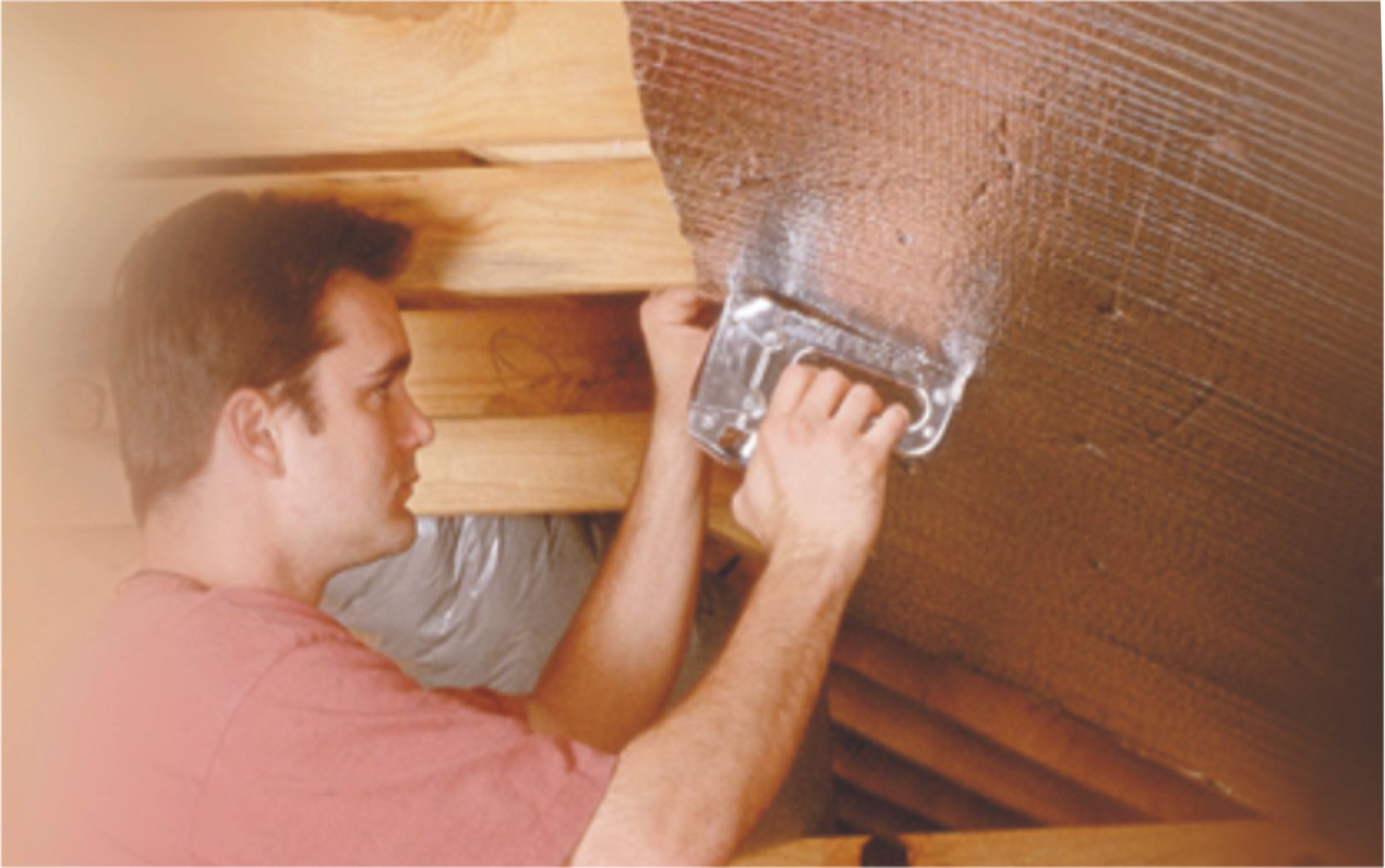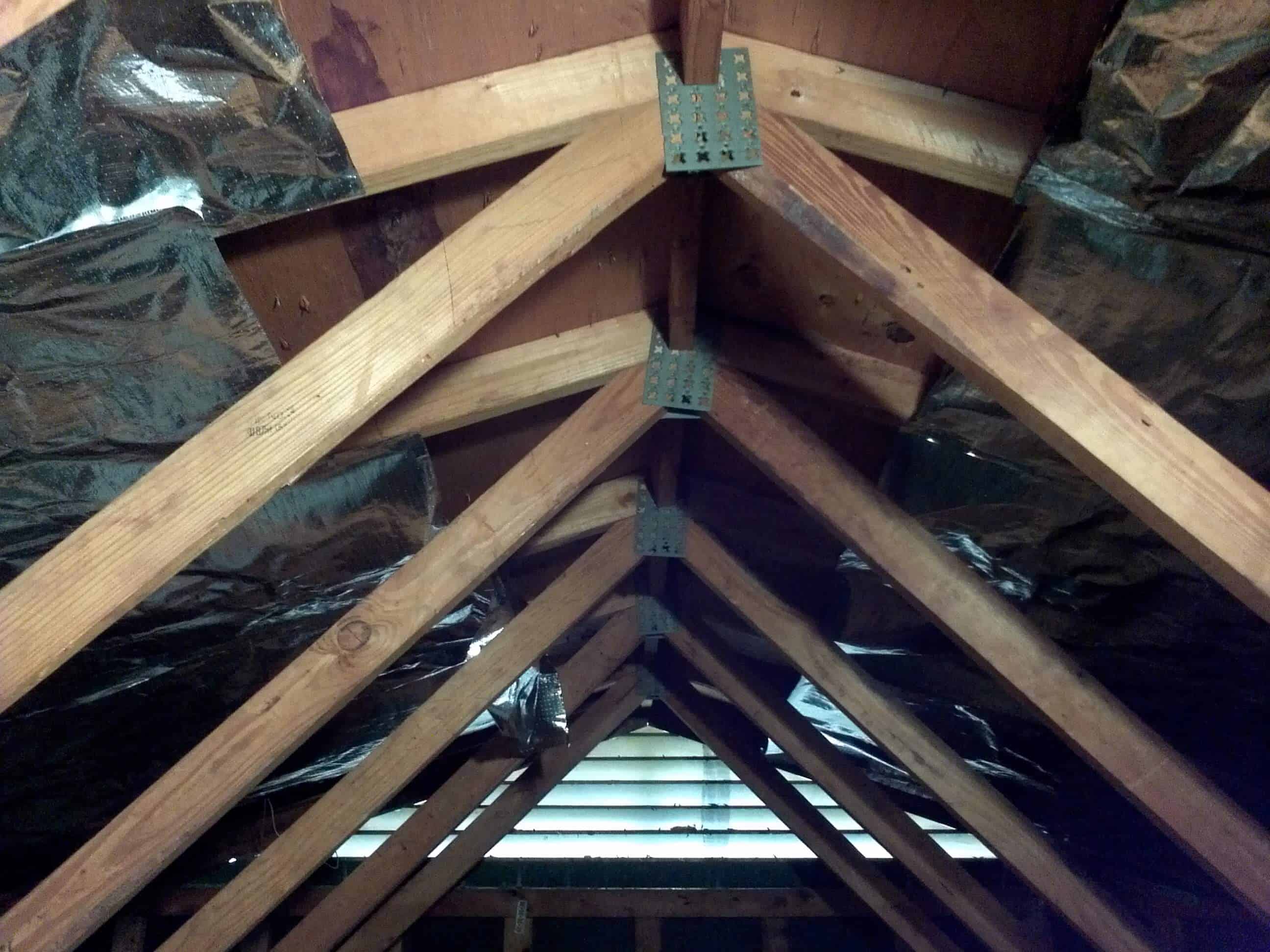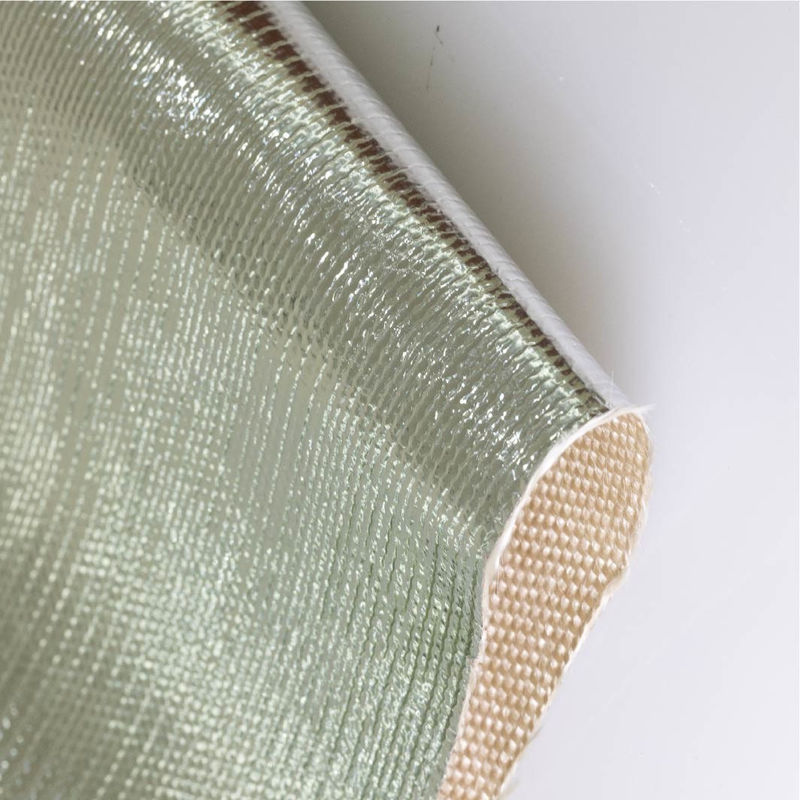


RADIANT BARRIER INSULATION HOW TO
Here’s how to decide if they’re right for you. However, research shows that they perform better and contribute more toward comfort and savings in some climate zones than others and when used incorrectly, they may offer little benefit, add unneeded labor and cost, and lead to possible building science–related problems. When properly specified and installed, these products function as part of a structure’s insulating envelope. today.Radiant barriers are recommended by many of today’s green building rating systems and emerging codes. To learn more or to request a quote, contact New Jersey Siding & Windows, Inc. But if it is time to replace your attic insulation, then it’s a great opportunity to get the attic radiant barrier and the entire eShield™ Perfect Attic Insulation System. You don’t need to replace your fiberglass or add on to it in order to get the desired effect, which means more savings for you. The best thing about eShield™ foil insulation is that it can be installed in conjunction with your existing insulation. Should You Get a Radiant Barrier Installed? As a result, your heating and cooling system won’t have to work as hard to keep the home comfortable. uses eShield™ radiant barrier insulation, which is known to reflect as much as 97% of all radiant heat. With the addition of a radiant barrier, you can be sure that all three types of heat transfer are covered. It also explains how, when your roof heats up from the sun, that heat then gets absorbed into the attic.
RADIANT BARRIER INSULATION SKIN
It explains why your skin starts to feel hot after spending an afternoon in the sun, and why cars and pavement feel hot in the summer. Radiation: This is the transfer of heat from a warm object across an air space to another object where it gets absorbed.This is why attics tend to get so hot in the summer. When hot air rises, it causes cool air, which is less dense, to fall. Convection: This is heat transfer through liquids and gasses, including steam.An example of this is when you touch a hot steering wheel in the summer and the heat is transferred to your hands. Conduction: This is heat transfer between two solid objects.Here’s a brief description of the different types of heat transfer. With the third type unaccounted for, there’s still a lot of heat being allowed to enter the attic. Most insulation only prevents two out of the three types of heat transfer: conduction and convection. This means the barrier itself doesn’t give off as much heat as other materials would.īut why is this important? Because traditional insulation has limits. Reflective surfaces also have low emissivity. This keeps the attic, along with the rest of the home, from overheating in the summer. When the radiant barrier is installed, it’s usually attached to the roof rafters in the attic, since this is where most of the heat enters a home via the roof.ĭue to the high reflectivity, radiant barriers can successfully reflect heat back to where it came from, i.e. The material is extremely reflective, which is why it’s so effective at controlling heat transfer. Instead, it’s actually a multi-layer aluminum sheet that resembles foil. It’s not foam or padding as you might be used to seeing. Radiant barrier insulation looks quite different from traditional insulation. But, if you’re like most people, you probably don’t know much about radiant barriers or how they work. It’s so effective, in fact, that it’s often better at controlling heat than other types of insulation.

Installing a radiant barrier is a great way to help regulate the temperature of your home and reduce your monthly utility bills. One of the attic insulation options available at New Jersey Siding & Windows, Inc.


 0 kommentar(er)
0 kommentar(er)
